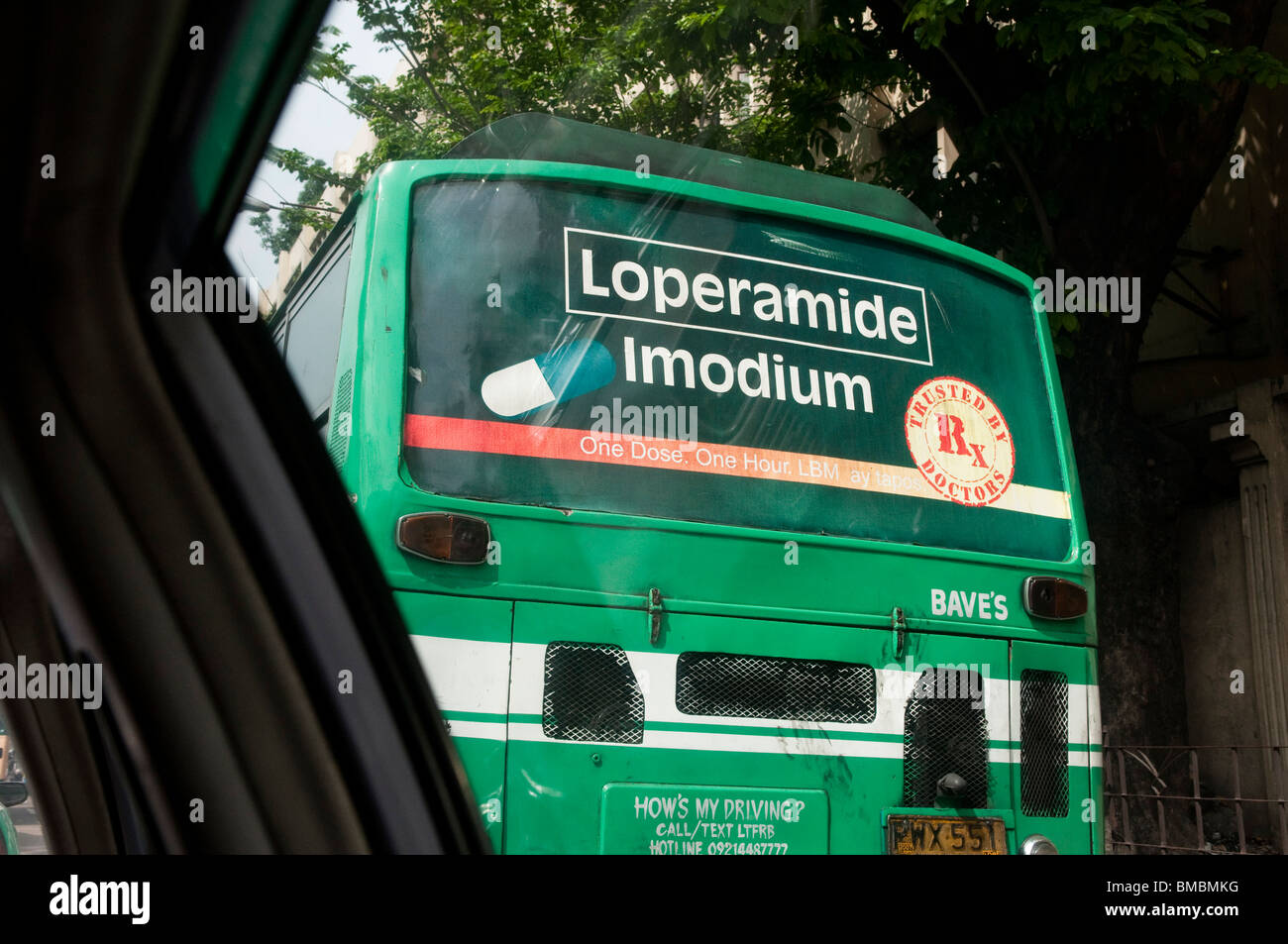Transit Advertising Philippines for Unmatched Brand Name Exposure
Understanding the Duty of Transit Marketing in Enhancing Brand Exposure and Consumer Engagement
Transportation marketing has actually become an essential element in the marketing landscape, using one-of-a-kind chances for brand names to boost their visibility and engage customers successfully. With the capability to reach a varied and restricted target market during their everyday commutes, these marketing approaches are not simply about visibility; they have to do with developing purposeful connections with potential consumers. As we explore the multifaceted benefits and cutting-edge methods within transportation marketing, it comes to be necessary to think about how these aspects jointly influence customer understanding and behavior, questioning about their long-term influence on brand name commitment.
Meaning of Transit Advertising
Transit advertising describes the method of advertising products, solutions, or brand names with ads put in and around public transport systems. This kind of advertising encompasses a range of placements, consisting of posters on buses and trains, electronic screens at transportation terminals, and wraps on the outside of automobiles. It aims to reach a varied target market, profiting from the high foot web traffic associated with public transportation.
Transit advertising is purposefully positioned to capture the focus of commuters, who frequently invest significant time waiting or traveling. By incorporating ads into the day-to-day routines of people, brand names can create a long-term perception and foster brand name recognition. The tool is specifically efficient in city atmospheres, where mass transit is a main mode of traveling.
Furthermore, transportation marketing can facilitate local targeting, enabling companies to get to details demographics based upon transportation paths and station locations. As city populaces grow and making use of public transport rises, this marketing method has actually gotten prominence as an important element of incorporated marketing methods. The vibrant nature of transit marketing, incorporated with its capacity to engage customers in a restricted environment, emphasizes its significance in modern advertising techniques.
Benefits of Transportation Advertising
The efficiency of transit advertising and marketing lies in its ability to provide a wide range of benefits to brand names looking for to improve visibility and involvement. One of the main benefits is the substantial reach it supplies; transportation advertisements can effectively target varied demographics throughout city areas, reaching both travelers and pedestrians alike. This wide direct exposure considerably boosts brand understanding.
One more advantage is the high frequency of perceptions. As transit vehicles travel along well-known courses and quit at numerous places, they produce repeated exposure that reinforces brand name messages. This regularity cultivates experience, which is vital in customer decision-making.
Transit advertising is also affordable compared to various other media systems. Offered its extensive reach and capacity for high impressions, brand names often experience a reduced price per thousand impacts (CPM), optimizing their advertising and marketing spending plan.
Moreover, transit ads can create a sense of neighborhood link. By straightening with neighborhood transportation systems, brand names can reverberate with local target markets and cultivate a feeling of local pride. This local strategy boosts brand name commitment and interaction, making transit advertising a compelling selection for services aiming to strengthen their presence out there.

Effective Approaches for Transit Projects
To make best use of the effect of transportation campaigns, brand names ought to utilize calculated planning and implementation tailored to their target audience. First, recognizing the group attributes of the target market utilizing public transit is important. This allows brands to develop tailored messaging that reverberates with possible consumers.
Following, choosing the right transportation mediums is vital. Whether making use of bus covers, subway posters, or digital displays, each medium has unique benefits that can enhance presence. As an example, dynamic visuals on bus covers can stand out, while electronic advertisements can be updated frequently to show prompt promotions.
Additionally, incorporating a natural branding strategy across transit platforms makes sure uniformity and strengthens the brand's identity. Using attractive styles and unforgettable taglines will certainly reinforce brand name recall among commuters.
Finally, timing is a vital factor in implementing effective transit campaigns. Introducing projects throughout peak travel hours or regional occasions can dramatically raise presence and engagement. By utilizing these methods, brand names can effectively harness the potential of transit advertising, promoting better awareness and connection with their target audience. Inevitably, a well-executed transit campaign can drive substantial growth in brand visibility and consumer interaction.

Gauging Effect and Interaction
In assessing the effectiveness of transportation ad campaign, exact measurement of impact and involvement is necessary for brand names seeking to maximize their advertising and marketing strategies. Metrics such as reach, frequency, and impacts supply foundational data to evaluate exposure. Analyzing these aspects assists figure out the amount of potential customers are exposed to the advertisements throughout their everyday commutes.
Engagement can be more evaluated via consumer interactions, such as web site traffic, social media sites states, and straight responses to calls-to-action included in the advertisements. Utilizing devices like QR codes or one-of-a-kind Links can assist in tracking of consumer habits directly connected to transit projects. Studies and comments systems also act as important techniques to collect qualitative information on consumer understandings and recall of the promotion.
Moreover, advanced analytics and acknowledgment versions can associate transit exposure with subsequent purchasing habits, using understandings into the roi. By utilizing a thorough approach that integrates qualitative and measurable measures, brands can establish a nuanced understanding of their transportation advertising effect. Inevitably, this data-driven strategy allows brand names to improve their campaigns, ensuring they reverberate successfully with target audiences and improve total brand exposure.
Study of Effective Projects
Effective transportation ad campaign function as compelling examples of exactly how reliable strategies can raise brand name presence and interaction. Transit Advertising Philippines. One remarkable instance is the "I Love New york city" project, which changed the city's picture and drew in millions of travelers. By using train ads, billboards, and bus covers, the project produced a strong, cohesive brand identity, causing a considerable uptick in tourism and local business patronage
An additional excellent campaign is Coca-Cola's "Share a Coke" initiative, which leveraged transportation advertising and marketing to individualize the brand name experience. By featuring popular names hop over to these guys on advertising materials throughout numerous transportation systems, Coca-Cola promoted a deeper psychological connection with consumers, encouraging them to view publisher site share their experiences on social media sites.
Additionally, the "Got Milk?" campaign efficiently utilized public transport advertisements to get to a broad target market, enhancing the message of the relevance of milk in a well balanced diet regimen. The project saw a measurable rise in milk intake in target demographics.
These study show that when implemented attentively, transit advertising can significantly boost brand name exposure, foster consumer engagement, and drive quantifiable results, demonstrating its essential role in contemporary advertising strategies. - Transit Advertising Philippines
Conclusion
To conclude, transportation advertising and marketing functions as an essential tool for improving brand name exposure and fostering consumer interaction. By utilizing purposefully placed ads within public transport systems, brand names can efficiently reinforce and reach varied target markets acknowledgment through constant exposure. The application of targeted messaging and cutting-edge strategies even more magnifies the influence of transportation projects. Ultimately, the ability to determine interaction and assess effective case research studies highlights the efficiency of transportation advertising and marketing in driving brand loyalty and consumer communications.
Transit advertising and marketing has actually arised as a pivotal element in the marketing landscape, offering distinct possibilities for brands to elevate their presence and involve customers successfully.Additionally, transit advertising and marketing can assist in localized targeting, allowing organizations to reach particular demographics based on transit courses and terminal places.In examining the efficiency of transportation advertising campaigns, accurate measurement of influence and involvement is important for brands looking for to enhance click here for more their marketing strategies.Successful transportation marketing campaigns offer as engaging instances of how reliable methods can raise brand visibility and engagement.In verdict, transit marketing serves as an essential device for improving brand visibility and fostering consumer engagement.